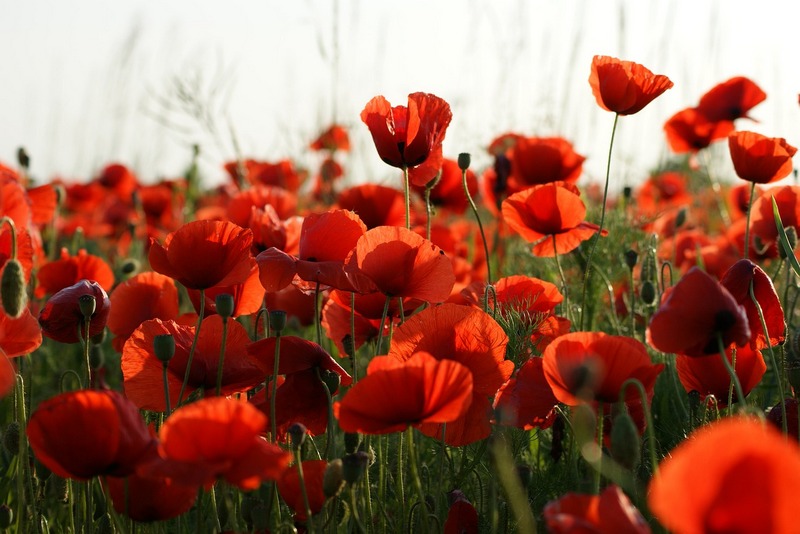It is one thing for nature to provide a respite from war but quite another to create gardens in the very midst of it. Yet, this is what happened during the long drawn-out fighting on the Western front … Gardens were created by soldiers, chaplains, doctors and nurses. Some were small, some substantial, some decorative, others productive. It helped that the conditions in France and Flanders were conducive. The climate, the rich soil, the long stalemates and periods of inaction all combined to make gardening possible. Trench warfare revealed the power of the garden to answer to some of humankind’s deepest existential needs.
- Sue Stuart-Smith, from The Well Gardened Mind (HarperCollins, 2020)
Ms Stuart-Smith also writes about John Stanhope Walker (1871-1955), hospital chaplain at the 21st Casualty Clearing Station who started making a garden in 1916, not long before the Battle of the Somme which saw his field hospital swamped with wounded and dying. The sides of the tent would be lifted so the soldiers could see the garden, which included flowers and vegetables … the first row of peas is ready, the huge pods are much admired by the blood-stained warriors. Apparently Surgeon-General Sir Anthony Bowlby appreciated the garden.
There are many interesting contributions on this topic of gardening during World War 1 at the Great War Forum, including that the British Expeditionary Force held a vegetable show at Le Havre in August 1917, complete with medals for prizewinners. The National War Museum has the medal won for best cauliflower. See it here.
Kenneth Helphand, a professor of landscape architecture, has written about war gardens and the link will take you to a radio interview with him (and others, including a US soldier who served in Iraq), as well as some images: Tending ‘Defiant Gardens’ During Wartime. Prof. Helphand shares some of his text here.


The power of gardens to heal. It’s still true today.
So true, Alison. Thanks for stopping by.